What are Very Large Crude Carrier (VLCC) and Ultra Large Crude Carrier (ULCC)?
A Very large crude carrier and an ultra-large crude carrier are two examples of the different types of oil tankers. These oil tankers are extremely important in the shipping industry, for they help to transport huge quantities of crude oil across the oceans and seas.
Dead Weight Tonnage (DWT) is the measure of weight when it comes to tankers. In terms of oil tankers like very large crude carriers or ultra-large crude carriers, the DWT represents the maximum quantity of DWT that can be carried. The terms ‘very large’ and ‘ultra large’ are in fact categorisations of the oil tankers which are included in the category of being ‘large.’
It has to be noted that tankers are basically divided into two types: the product tanker and the crude tanker. The product tanker is designed to ferry cargo like petroleum and other refined products that are produced from crude oil, from the industrial plants to the final markets for selling.
This being the case, product tankers are generally smaller and more compact as compared to crude tankers which are bulkier and huger. The bulk and the hugeness of a crude tanker help to carry more containers and barrels of crude oil. However, it has to be noted that there are six main classifications of crude tankers:
- Tankers that are classified as being under General Range
- Tankers that are classified as being under Medium Range
- Tankers that are classified as being under Large Range 1
- Large Range 2 Tankers
- Very Large Crude Carrier
- Ultra Large Crude Carrier
A very large crude carrier (VLCC) has a deadweight tonnage or cargo-carrying capacity ranking up to 250,000 tons. On the other hand, an ultra-large crude carrier (ULCC) has a DWT of anything between 250,000 to 500,000 tons. In simple terms, it can be said that these two types of oil tankers ferry about two billion oil containers and barrels.
Carrying such a heavy weight would not only ensure that many oil containers are being transported, but it would also ensure that a limited number of trips are taken to ferry a specified number of containers. A very large crude carrier and an ultra-large crude carrier are also known as ‘supertankers’ because of their mammoth weight-carrying capacity.
The Shell Oil Company first designed the weighing system that brought into use the terminology of ‘very large crude carrier’ and ‘ultra large crude carrier.’ As per the Average Freight Rate Assessment system, the denominations of oil tankers were based on the concept of DWT and the above listed oil tankers classification was introduced. The method adopted was very successful as tankers could be specified more easily on the basis of their cargo-carrying capacity and thereby reduce accidents that could be caused due to excessive cargo.
Tankers and, more specifically oil tankers are built for a very important purpose. With the help of oil tankers like a very large crude carrier or an ultra-large crude carrier, the role and scope of oil tankers become far more feasible. Development is a major factor in today’s times. In order to facilitate the better development of human civilization, it is relevant that very large crude carriers and ultra-large crude carriers are used appropriately and successfully.
You may also like to read:
- What Is A Floating Storage Regasification Unit (FSRU)?
- What Are Gas Tanker Ships – Everything You Wanted To Know
- Understanding Design Of Oil Tanker Ships
- What are Tanker Ships?
- Different Types of Tankers: Extensive Classification of Tanker Ships
Disclaimer: The authors’ views expressed in this article do not necessarily reflect the views of Marine Insight. Data and charts, if used, in the article have been sourced from available information and have not been authenticated by any statutory authority. The author and Marine Insight do not claim it to be accurate nor accept any responsibility for the same. The views constitute only the opinions and do not constitute any guidelines or recommendations on any course of action to be followed by the reader.
The article or images cannot be reproduced, copied, shared, or used in any form without the permission of the author and Marine Insight.
Latest Type Of Ships Articles You Would Like:
Do you have info to share with us ? Suggest a correction
Subscribe To Our Newsletters
By subscribing, you agree to our Privacy Policy and may receive occasional deal communications; you can unsubscribe anytime.
Web Stories



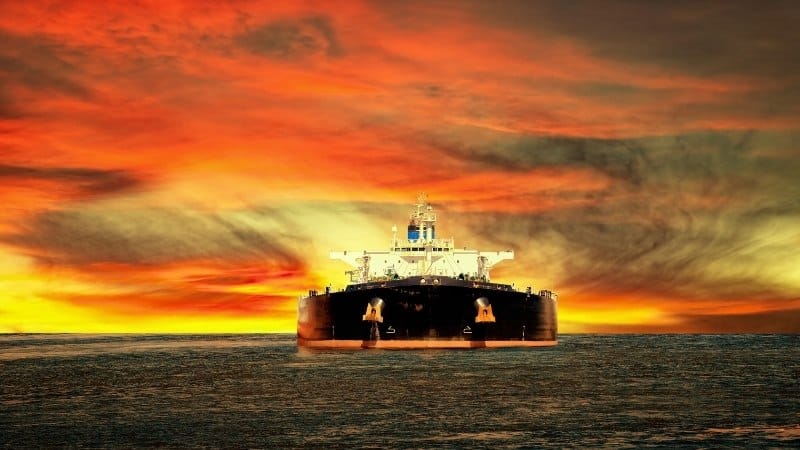
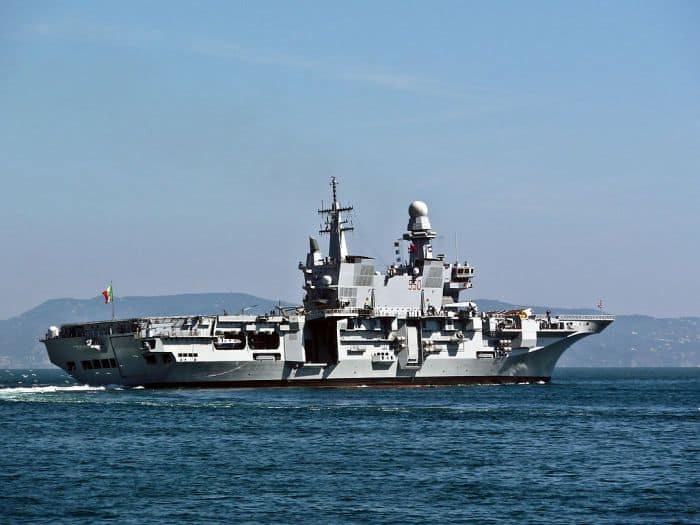
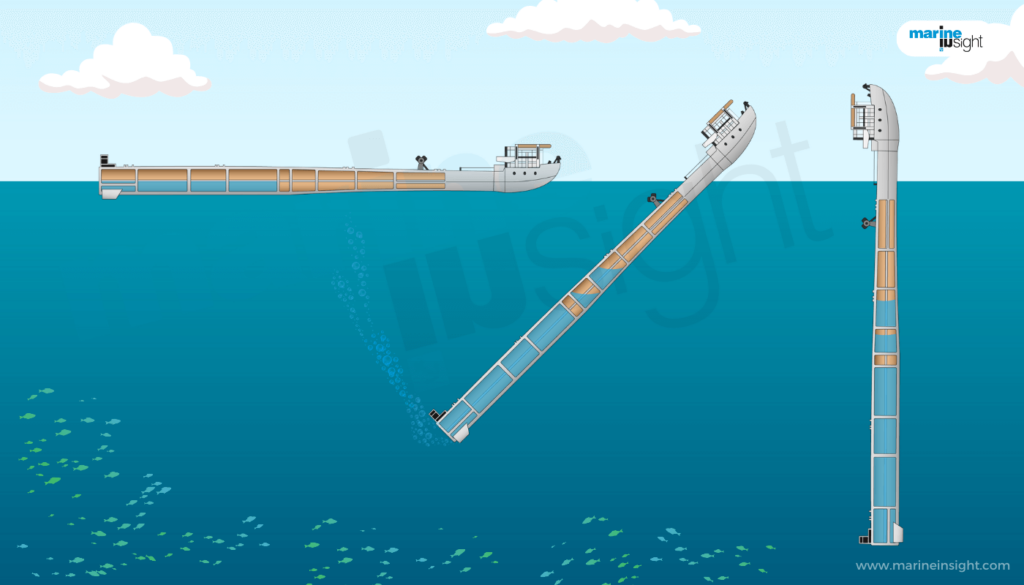

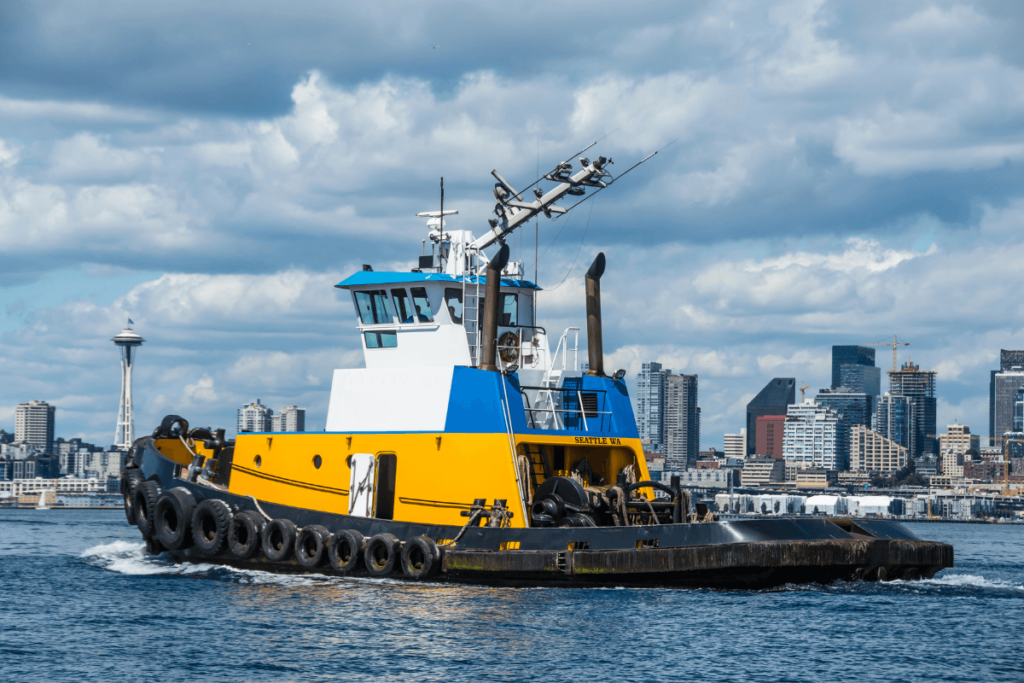

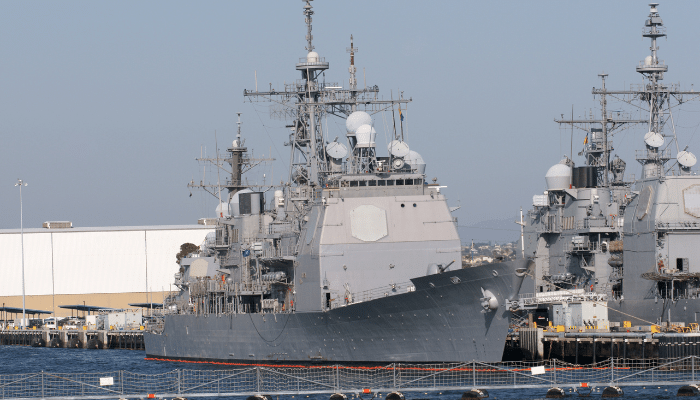


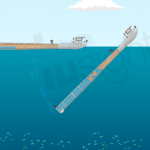
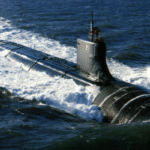
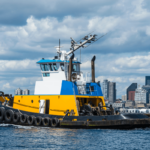
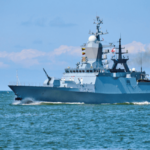
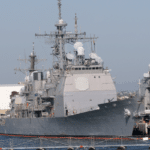





This web is fully loaded with vital information that is mind blowing, and i love it . Pls. I need a free eBook because i work onboard a Ship in Chevron location. Thanks .
@ Emmanuel-
Thanks a ton for the support!! If you want e-books from Marine Insight, please provide your email and get all free e books right at your inbox. Please use this link to subscribe to us and to receive e books- https://www.marineinsight.com/subscribe/
Thank you for the information. Very good site for who studying shipping and ships
Too good for mariners
hi am moses awiti and fascinated by the maritime and shipping industry.And the opportunities it portends.
Suppose i wanted to hire a vlcc(very large crude carrier) with about 2,000,000 oil barrels.
My question is how much would it cost me per day and what are the best companies in this realm to deal with?
Your candid answers to ditto questions will be invaluable to my research…keep doing the great work.
i urgely want to buy a fairly used 5000mt vessel tanker
This is the kind of vessel Nigeria security agency apprenended stealing crude oil, just wanted to no the price, thanks for your writeup, I love it, it help me more with my research
a VLCC tanker cost of construction may vary from- USD 150 million to USD 200 million
You desperately need an editor. The numbers you provide are confusing –at best. You CAN’T write a number like this: 2, 50,000!! Is it 2 million and 50 thousand –or is it two hundred and fifty thousand??
Thank you for bringing attention to the confusion in the numbers provided. We will make sure to be more clear and precise with numbers in the future.